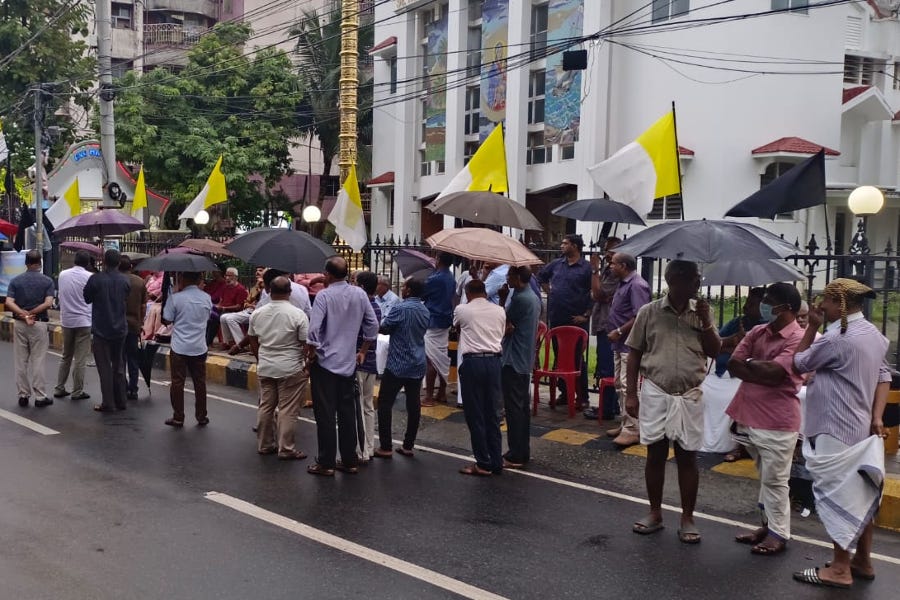Doubt hangs over deal to reopen Syro-Malabar cathedral
St. Mary’s Cathedral Basilica in Ernakulam was closed in December following clashes over the liturgy.
An agreement over the reopening of an Indian cathedral at the center of a ferocious liturgical dispute appears to have broken down on the day it was announced.

The media commission of the Syro-Malabar Cath…
